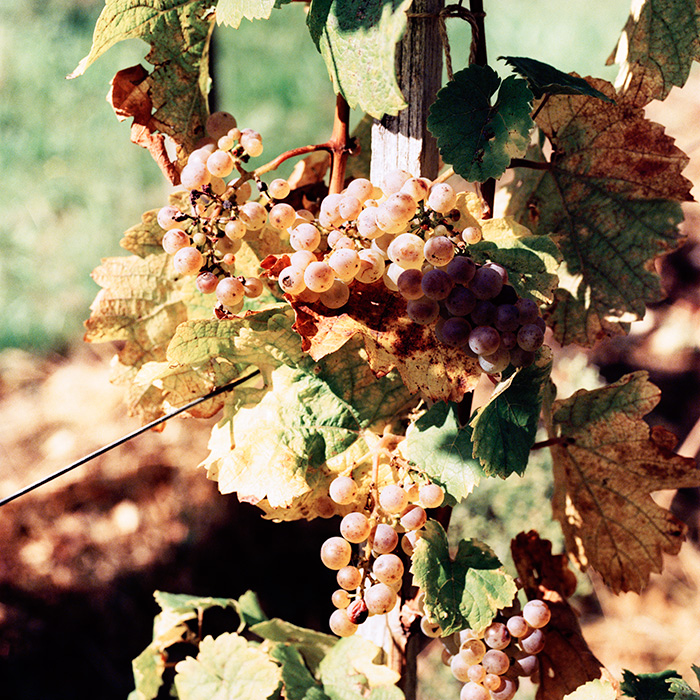German wine: behind the labels
Author: Catriona Felstead MW
Modern German wines range from dry and appetising to gloriously sweet, but which is which? In an extract from our new book, Catriona Felstead MW reveals all
Knowing what’s in a tall, elegant Alsace or German bottle used to be easy. Wines from Alsace were nearly always dry, wines from Germany predictably sweet.
However, this simple rule no longer applies. Dry German wines are increasingly common, while some Alsace wines now have high levels of residual sugar. The result: a real puzzle when trying to match these wines with food.
Winemakers from Alsace and Germany have both tried to clarify sweetness on the label. Whether their efforts have reduced or increased confusion is debatable.
German Wine Law
The German Wine Law of 1971 categorised (controversially) the quality of a wine by the sugar-ripeness level (‘must weight’) of the grapes at harvest. So, in theory, the levels fall like this:
Deutscher Wein and Deutscher Landwein are the lowest (driest) categories, followed by Qualitätswein bestimmter Anbaugebiete (QbA), the first ‘quality wine’ level, which often comprises simple, fruity, slightly off-dry wines.
If you see Prädikatswein on the label, then you are looking at the higher quality level. There are six levels, in increasing order of ripeness, which are: Kabinett, Spätlese, Auslese, Beerenauslese, Eiswein and Trockenbeerenauslese.
This all sounds like good German logic – however, grape ripeness and wine sweetness do not necessarily correlate. It would be reasonable to expect a Kabinett to be fruity and off-dry, a Spätlese to be a touch riper with greater intensity, and an Auslese (my personal favourite) to have noticeable sweetness and concentration.
However, any wine from Deutscher Wein to Auslese can actually be made in a dry, medium-dry or sweet style, according to the winemaker’s preference in that vintage. Beerenauslese (BA), Eiswein and Trockenbeerenauslese (TBA) are always reassuringly sweet.
Finding the style for you
If you are wanting a dry wine, all is not lost. Look for trocken (dry), halbtrocken (medium-dry), Classic or Selection on the label: the wine should taste dry (Classic being of QbA level, and Selection essentially a dry Spätlese).
Feinherb generally means a slightly sweeter style than halbtrocken – but be aware, this is an unofficial term.
Secondly, look for an eagle logo on the bottle’s capsule. This winemaker belongs to the VDP (Verband Deutscher Prädikatsweingüter), an association of specialist producers who have broken away from the German wine law and categorize quality by terroir, as in Burgundy, not by grape ripeness. They have a much clearer distinction between sweet and dry wines.
VDP Grosse Lage is their equivalent of Grand Cru; VDP Erste Lage of Premier Cru and VDP Ortswein of a Village wine. If any of these are sweet, they will have one of the Prädikatswein terms on the label. If they are dry they will have ‘Qualitätswein Trocken’ on the label.
A dry VDP Grosse Lage wine also has its own special designation: VDP Grosses Gewächs (‘great growth’ is a rough translation).
My advice? If you are looking for a specific style, then always ask your wine merchant for an opinion – and then, if you pour a glass which is not to your taste and has no sweetness indication on the label (or on the merchant’s website), do not be afraid to take the bottle back and ask for a different style. But please, do not be deterred from trying a bottle; these can be amongst the finest and most rewarding wines in the world.



